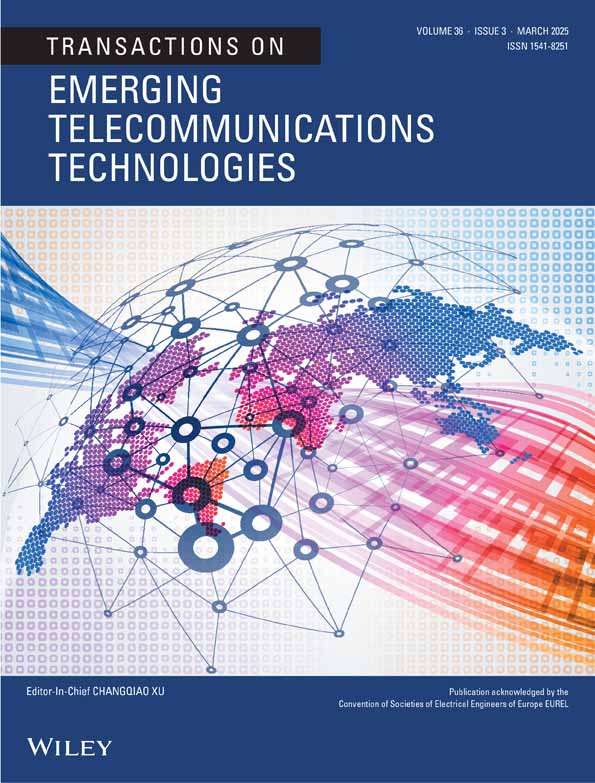TwoFish-Integrated Blockchain for Secure and Optimized Healthcare Data Processing in IoT-Edge-Cloud System
Funding: The authors received no specific funding for this work.
ABSTRACT
Large-scale healthcare systems face significant challenges in ensuring security and privacy when sharing vast amounts of data across various e-health entities. Existing studies often struggle with high processing costs, latency, energy consumption, and delayed response times. To address these issues, this research proposes a novel Blockchain-Assisted Improved Puma Edge Computing Network (BA-IPEN) for efficient and secure healthcare data management. The proposed model integrates three key modules: data collection at the IoT layer, data processing at the edge layer, and data storage at the cloud layer. Patient physiological data are gathered from IoT sensors and transmitted to edge devices through remote gateway devices. At the edge layer, a Modified Puma Optimization Algorithm (POA) is employed to maximize resource utilization while minimizing energy consumption and latency. Additionally, edge computing performs preprocessing tasks such as missing data filtering and normalization to extract valuable insights from raw sensor data, thereby enhancing overall performance. For secure data storage, the Blockchain-Assisted TwoFish Algorithm is used. This algorithm encrypts collected data, bolstering security. Blockchain technology ensures tamper-proof records and transparent access restrictions by providing a decentralized and immutable ledger for securely storing healthcare data in the cloud. Extensive experiments demonstrate the effectiveness of the BA-IPEN model, revealing significant reductions in computational cost and latency for cloud-based healthcare data storage. Experimental results also confirm the superiority of the BA-IPEN model over traditional mechanisms, showcasing improvements in performance indicators and reduced energy consumption.
Conflicts of Interest
The authors declare no conflicts of interest.
Open Research
Data Availability Statement
The data that support the findings of this study are available from the corresponding author upon reasonable request.




